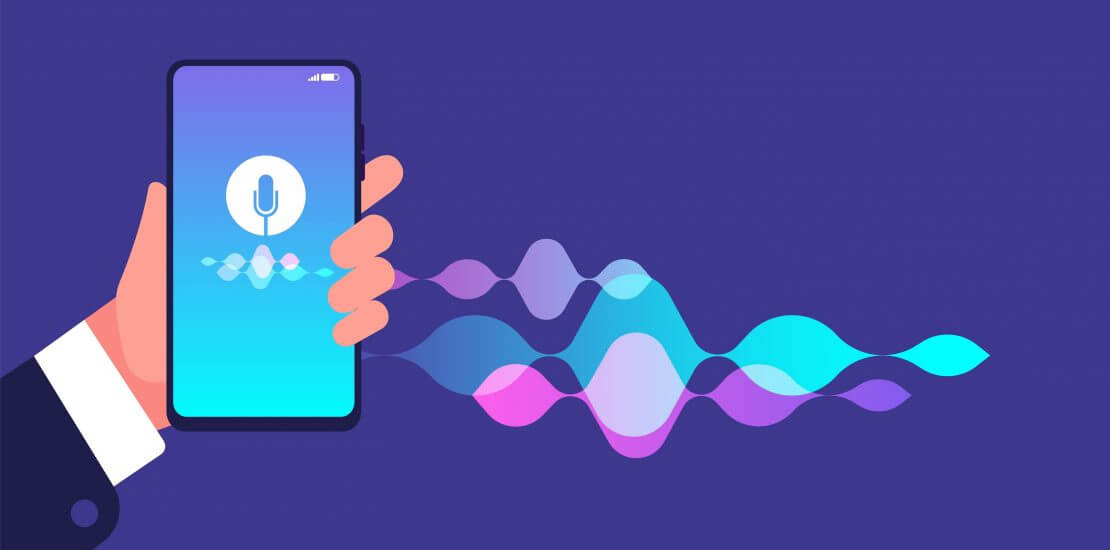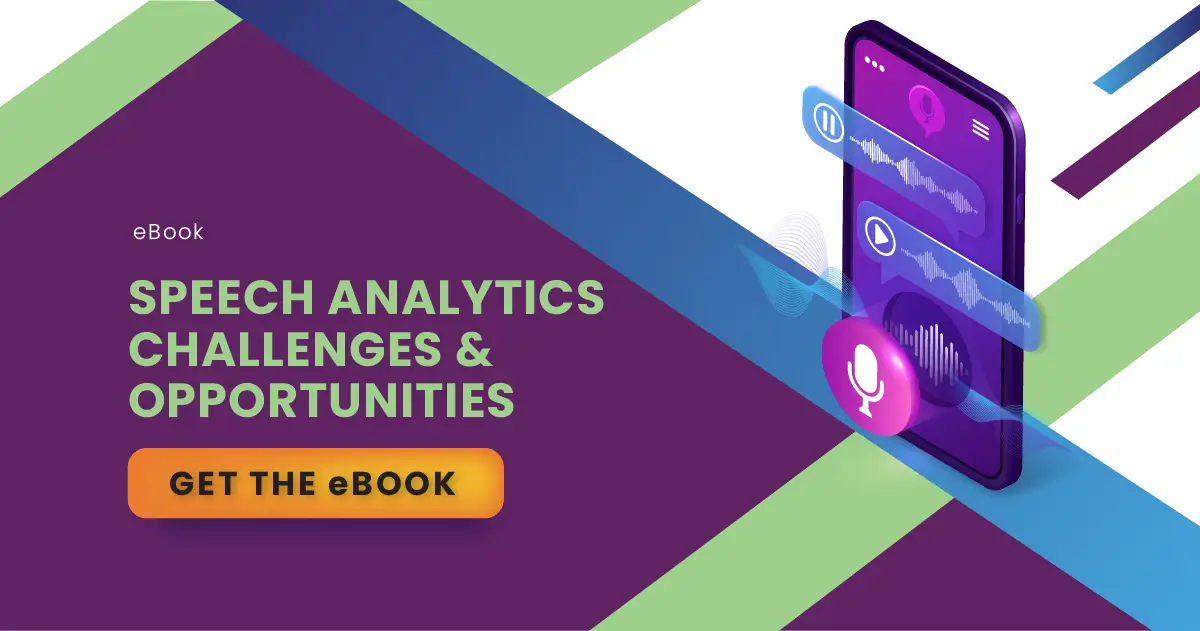4 Call Center Hacks to Make the Most of Your Speech Analytics Program
- December 10, 2021
- Category: Speech Analytics

Recommended Reading
If you are a busy collection business with a growing contact center, the chances are that you are in urgent need of a speech technology upgrade. Manual call monitoring processes make it nearly impossible to evaluate 100% of calls. Having cutting-edge speech analytics (SA) in place, on the other hand, can enable you to immediately see agent performance trends, increase training speed, and even assess the effectiveness of your existing training programs.
This sounds nice, but what about practical steps for success? We recently caught up with Nikkia Hamler during an interactive webinar to get her hacks for getting the most out of call center speech analytics. Nikkia has been with Weltman, Weinberg & Reis Co., LPA for more than 20 years. She worked her way up from bankruptcy specialist to quality auditor analyst to collections training manager at the full-service creditors’ rights law firm – and really knows her way around a call center.
Hack 1: Follow the "one client at a time" rule at the beginning
If you are transitioning from an old speech program to new technology, start implementation with a small client. Nikkia recommends starting the implementation of the new speech program with one client that wants high QA coverage. This will help you test and run the new program for desired user interface and call analytics dashboards before you branch it off into 100% of your call center. This exercise will enable you to work closely with the speech analytics service provider to get the evaluation criteria right and have minimum disruption around compliance, QA, and client services as you ultimately roll out the solution across departments.
Hack 2: Invest in thoughtful customization of your speech system
Customization of speech analytics software doesn’t always have to be a long-term process. If you exactly know the evaluation criteria you need, it shouldn’t take you more than two weeks to hand over your customization and filter (for deeper drill-down) requirements to your service provider. All you have to ensure is that your ability to create multiple scorecards doesn’t get compromised by excessive customization requirements.
Hack 3: Use speech analytics data to inform your training programs
Nikkia strongly suggests using speech analytics metrics to see who is doing well before bracketing agents in certain training programs. Looking at data that is machine-generated, not only eliminates the need for manual performance reviews but also frees a manager of any confirmation bias they might have against an agent.
One of the primary objectives of these training sessions should be improving silence percentage and demonstrating how to ask for debt repayment the right way via recorded calls. To facilitate coaching over training, you can even pair top-performing collectors with new trainers. Nikkia goes on to suggest maintaining an over 98% pass rate for each training session to help agents improve on compliance, productivity, and performance.
Hack 4: Keep at it
When something new such as Reg F comes along, the calibration is required across the board to avoid common FDCPA violations. This means you have to look for improvement opportunities and work with the solution provider to ensure the right amount of calibration across all call center dashboards and categories. As a thumb rule, if you notice a spike in noncompliance, look at more calibration to avoid mistakes that can cost you a fortune.









